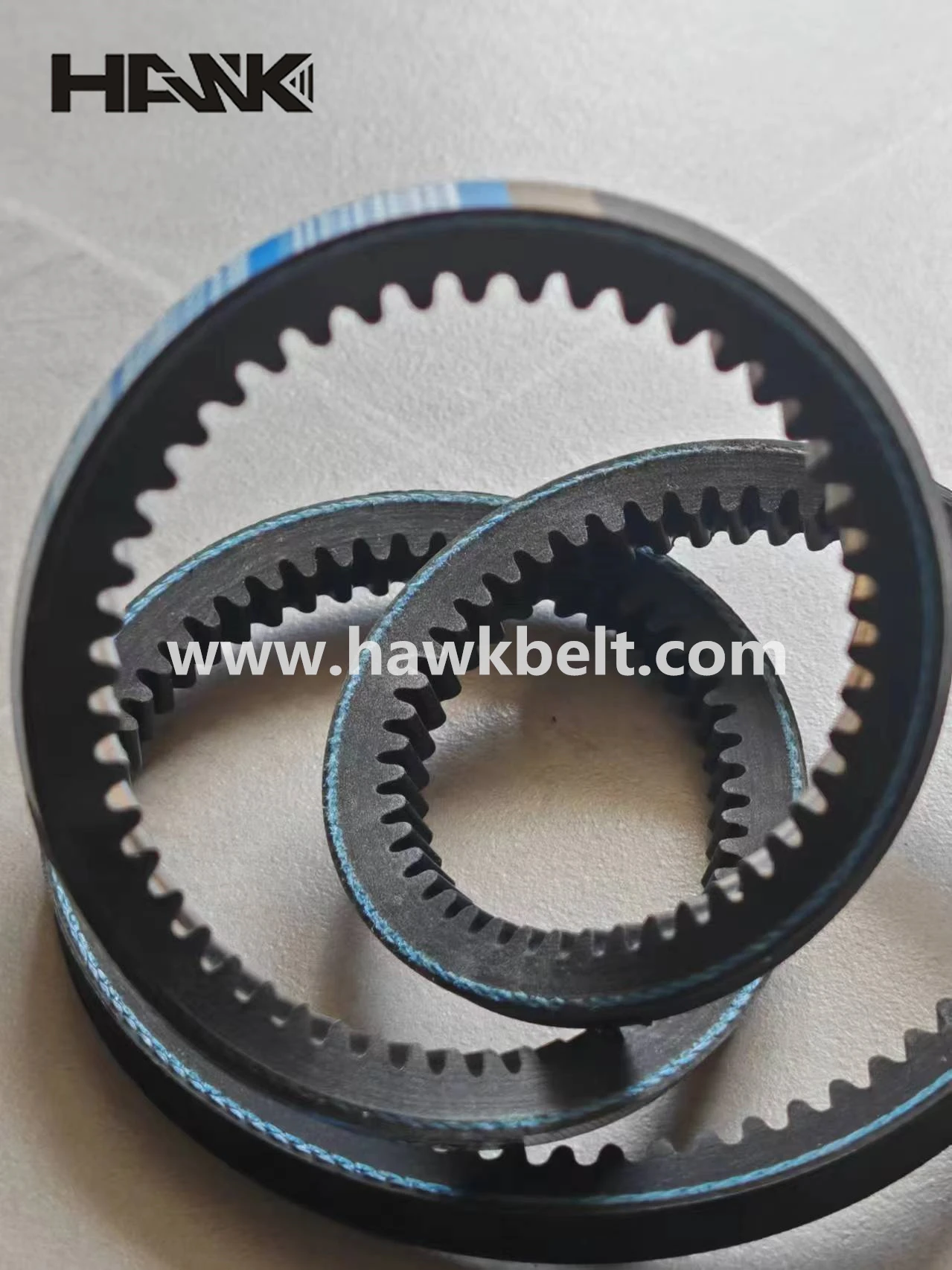- Arabic
- French
- Russian
- Spanish
- Portuguese
- Turkish
- Armenian
- English
- Albanian
- Amharic
- Azerbaijani
- Basque
- Belarusian
- Bengali
- Bosnian
- Bulgarian
- Catalan
- Cebuano
- Corsican
- Croatian
- Czech
- Danish
- Dutch
- Afrikaans
- Esperanto
- Estonian
- Finnish
- Frisian
- Galician
- Georgian
- German
- Greek
- Gujarati
- Haitian Creole
- hausa
- hawaiian
- Hebrew
- Hindi
- Miao
- Hungarian
- Icelandic
- igbo
- Indonesian
- irish
- Italian
- Japanese
- Javanese
- Kannada
- kazakh
- Khmer
- Rwandese
- Korean
- Kurdish
- Kyrgyz
- Lao
- Latin
- Latvian
- Lithuanian
- Luxembourgish
- Macedonian
- Malgashi
- Malay
- Malayalam
- Maltese
- Maori
- Marathi
- Mongolian
- Myanmar
- Nepali
- Norwegian
- Norwegian
- Occitan
- Pashto
- Persian
- Polish
- Punjabi
- Romanian
- Samoan
- Scottish Gaelic
- Serbian
- Sesotho
- Shona
- Sindhi
- Sinhala
- Slovak
- Slovenian
- Somali
- Sundanese
- Swahili
- Swedish
- Tagalog
- Tajik
- Tamil
- Tatar
- Telugu
- Thai
- Turkmen
- Ukrainian
- Urdu
- Uighur
- Uzbek
- Vietnamese
- Welsh
- Bantu
- Yiddish
- Yoruba
- Zulu
okt . 05, 2024 11:09 Back to list
Motorcycle Accessories for Enhanced Safety and Performance
The Importance of a Motorbike Belt Safety, Maintenance, and Performance
Motorcycling is an exhilarating experience that appeals to countless enthusiasts around the globe. However, safety should always be a top priority. One critical component that plays a significant role in the safety and performance of a motorcycle is the motorbike belt. This article explores the importance of motorbike belts, their maintenance, and their impact on overall performance.
What is a Motorbike Belt?
A motorbike belt is a vital part of a motorcycle's transmission system, particularly in belt-driven bikes. Unlike chain-driven systems, which utilize a chain and sprocket mechanism, belt drives use a rubber or composite belt to transfer power from the engine to the rear wheel. This design offers several advantages, making it a popular choice for many motorcycle manufacturers.
Safety Considerations
The primary concern for any motorcyclist is safety. A properly functioning motorbike belt ensures that the engine's power is effectively transmitted to the wheels, providing smoother acceleration and better overall handling. An worn out or damaged belt can lead to a loss of power, increasing the risk of accidents. Regular inspections of the belt for any signs of wear, cracking, or fraying are essential in maintaining a motorbike's safety standards.
Maintenance Matters
Maintaining a motorbike belt is relatively straightforward compared to other parts of a motorcycle. However, it does require regular checks to ensure it remains in optimal condition. Here are some maintenance tips
motorbike belt

1. Inspection Regularly check the belt for signs of wear or damage. Look for cracks, fraying, or any foreign objects that may have become lodged in or around the belt.
2. Tension Proper tension is crucial for the belt's function. An under-tensioned belt can slip, while an over-tensioned one can cause undue stress on the engine and other components. Consult your motorcycle's manual for the correct tension specifications.
3. Cleaning Dirt and debris can accumulate on the belt, affecting its performance. Use a soft brush to remove any foreign particles and make sure to use a cleaning solution that is safe for rubber.
4. Replacement The lifespan of a belt can vary depending on the make and model of the motorcycle, as well as riding habits. Refer to the manufacturer's guidelines for when to replace the belt, typically every 15,000 to 20,000 miles for most models.
Impact on Performance
A well-maintained motorbike belt not only ensures safety but also enhances the overall performance of the motorcycle. A properly functioning belt reduces friction, leading to improved fuel efficiency and smoother rides. When the engine can transfer power effectively, riders can experience better acceleration and handling, which are vital for an enjoyable riding experience.
Conclusion
In summary, the motorbike belt is an essential component that contributes to both the safety and performance of a motorcycle. Regular maintenance and timely inspections can prolong its life and ensure that riders experience the best of what motorcycling has to offer. By prioritizing the care of this vital part, motorcyclists can ride confidently, knowing they have taken the necessary steps to enhance their safety and elevate their riding experience.
-
Korean Auto Parts Timing Belt 24312-37500 For Hyundai/Kia
NewsMar.07,2025
-
7PK2300 90916-T2024 RIBBED BELT POLY V BELT PK BELT
NewsMar.07,2025
-
Chinese Auto Belt Factory 310-2M-22 For BMW/Mercedes-Benz
NewsMar.07,2025
-
Chinese Auto Belt Factory 310-2M-22 For BMW/Mercedes-Benz
NewsMar.07,2025
-
90916-02660 PK Belt 6PK1680 For Toyota
NewsMar.07,2025
-
drive belt serpentine belt
NewsMar.07,2025

